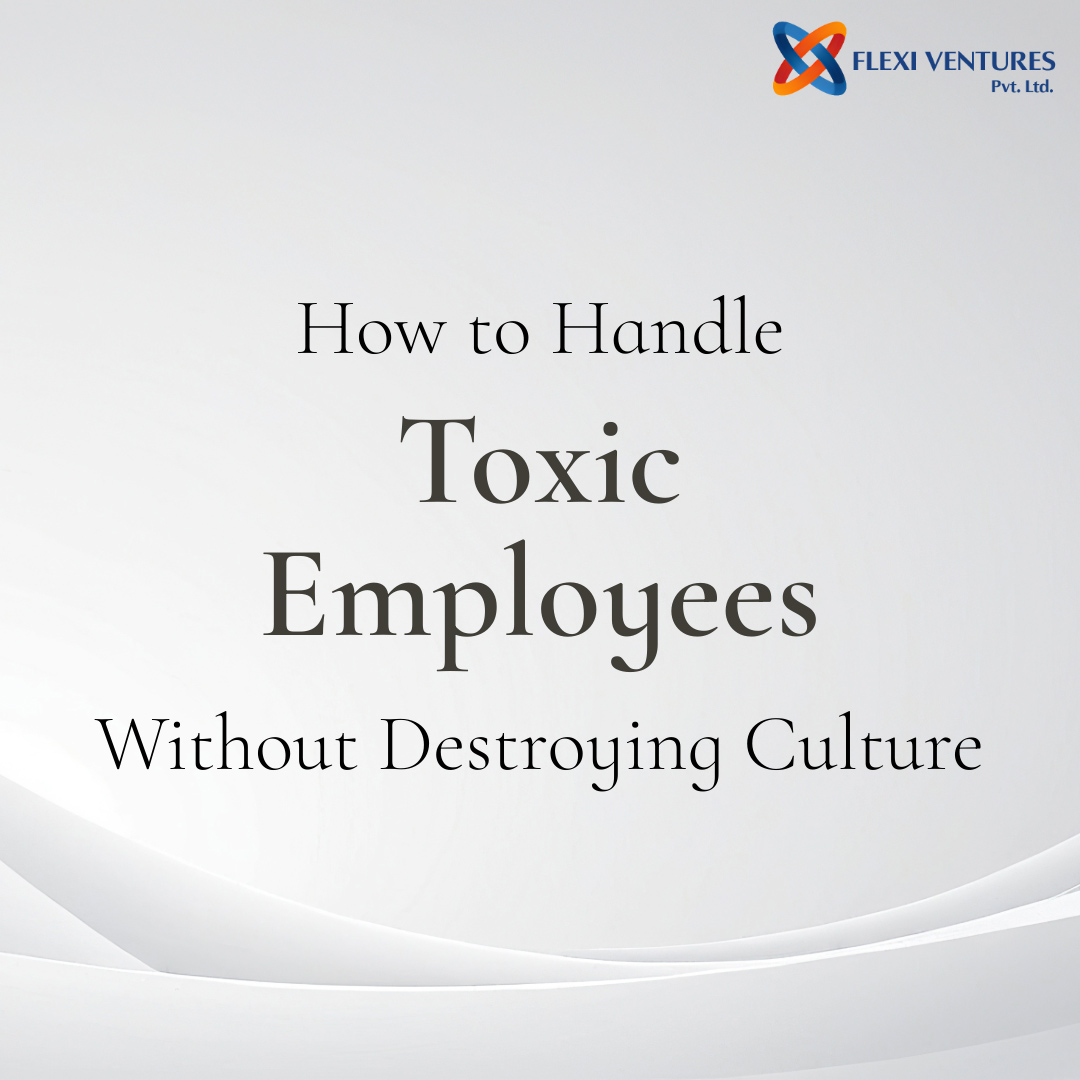A toxic employee can be one of the most disruptive forces in a workplace, negatively impacting morale, engagement, and productivity. Their behavior creates unnecessary stress, damages company culture, and can drive away top performers. If left unchecked, toxicity can spread, decreasing teamwork and overall dissatisfaction. While addressing workplace toxicity may seem challenging, ignoring the issue will only make matters worse. Fortunately, leaders can take proactive steps to identify and manage toxic behaviors, fostering a more positive and collaborative work environment. By implementing clear policies and promoting open communication, organizations can protect their culture and retain valuable talent.
What Makes an Employee Toxic?
Toxic employees come in various forms, but they all create unnecessary challenges in the workplace. Here are some common types:
- Underperformers: Struggle with basic responsibilities, avoid accountability, and rely on others to compensate for their shortcomings.
- Minimalists: Do only the bare minimum, frequently miss deadlines and lower team productivity.
- Overconfident Individuals: Overestimate their abilities, resist feedback, and create tension with their arrogance.
- Rumormongers: Spread gossip, fuel workplace drama, and thrive on creating conflicts.
- Manipulators: Use deceit, undermine colleagues, and prioritize their interests without regard for others.
Importance of Managing a Toxic Work Environment
Toxic behavior doesn’t just impact individual employees—it spreads negativity, affecting entire teams and even the organization’s overall culture. When toxicity goes unaddressed, it results in burnout, disengagement, and high turnover rates. Employees who feel unsupported or trapped in a hostile work environment will often seek opportunities elsewhere, leading to the loss of valuable talent. This is why tackling workplace toxicity proactively is essential.
Key Strategies to Manage Workplace Toxicity
- Address the Behavior Immediately
Ignoring toxic behavior allows it to fester and worsen. Leaders must intervene early, whether through private discussions or formal warnings, to prevent negative patterns from escalating. In many cases, a direct conversation can help correct the behavior before it causes long-term damage. - Take Employee Complaints Seriously
Employees must feel heard and supported when raising concerns about toxic colleagues. If leadership dismisses or ignores complaints, it signals that bad behavior is tolerated, leading to frustration and disengagement. HR teams should establish clear reporting channels and take swift action when issues arise. - Leverage Behavior Analytics
Tracking patterns like frequent absenteeism, declining productivity, or recurring complaints can provide objective insights into toxic trends. Data-driven decisions help HR and leadership identify persistent issues and take preventive action before they escalate. - Document Everything
Proper documentation of complaints, performance reviews, and incidents is essential for accountability. If disciplinary action is required, having detailed records ensures fairness and protects the organization from potential legal issues. - Enforce Clear and Consistent Policies
Workplace rules should apply to all employees, regardless of position or tenure. When clear policies are established and consistently enforced, there’s no ambiguity about expected behavior and consequences for toxic actions. - Confront Toxic Employees Directly
Some employees may be unaware of the impact of their actions, while others are fully aware but continue their behavior. Either way, addressing the issue through structured conversations with defined expectations and consequences is necessary. In serious cases, termination may be the only viable solution to protect workplace culture.
By managing toxicity proactively, organizations can foster a healthier, more engaged, and productive workforce.
Spot Toxic Employees Before Hiring Them
Preventing a toxic hire is far easier than dealing with one after they’ve joined your team. Hiring the wrong person can disrupt team dynamics, lower morale, and increase turnover rates. To maintain a positive work environment, organizations must adopt proactive strategies to identify red flags before extending a job offer. Here are some effective ways to assess candidates for potential toxicity:
- 1. Organize an Informal Meeting
A structured interview may not always reveal a candidate’s true personality. Hosting an off-site lunch or casual coffee chat with a non-hiring employee can provide valuable insights into how they behave in relaxed settings. Do they treat waitstaff with respect? Are they engaged in conversation or dismissive? Small behaviors in informal settings can reveal their character and interpersonal skills. - 2. Assess Their Civility in Interviews
During the interview process, observe how the candidate reacts to challenging or unexpected questions. Do they remain composed and respectful? Do they interrupt or talk over others? A candidate who lacks emotional intelligence or struggles to handle constructive feedback may not be an ideal fit. Additionally, asking situational questions about teamwork and conflict resolution can help assess their ability to navigate workplace relationships. - 3. Conduct Thorough Reference Checks
Don’t just check off reference calls as a formality—use them strategically. Speak with past supervisors and colleagues to get a sense of the candidate’s behavior in previous roles. Ask specific questions about teamwork, adaptability, and conflict resolution. If multiple references mention issues with attitude, accountability, or respect, consider it a major red flag. - 4. Evaluate Teamwork and Self-Awareness
During the interview, ask for real examples of how the candidate has worked with teams, handled disagreements, and responded to feedback. Candidates who blame others for failures or struggle to acknowledge personal growth may have difficulty adapting to a collaborative work environment.
By integrating these steps into your hiring process, you can better identify candidates who align with your organization’s values and avoid hiring employees who may bring toxicity into the workplace.
Manage Toxic Employees with HR Acuity
Addressing workplace toxicity can be challenging, but you don’t have to tackle it alone. HR Acuity offers effective tools to help organizations manage toxic employees with confidence.
- Anonymous Employee Reporting: Provides a secure platform where employees can report concerns without fear of retaliation. This helps leaders identify and address toxic behavior before it escalates.
- Manager for People Leaders: Equips managers with structured guidance to handle workplace issues fairly and consistently.
Toxic employees don’t have to dictate your workplace culture. With the right strategies and tools, you can foster a work environment where employees feel safe, valued, and empowered to succeed.
For more information on HR consulting or support services visit our website.
Visit our Website – www.flexiventures.in
Call – 8080100001













